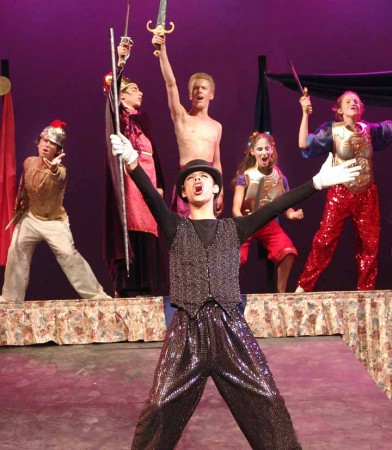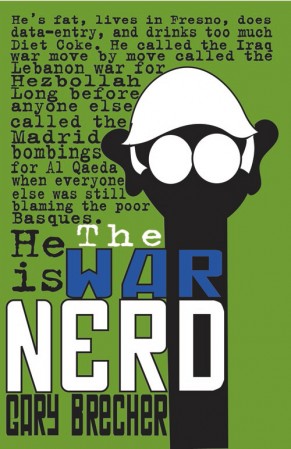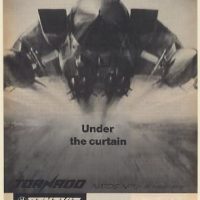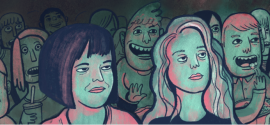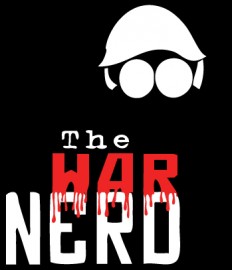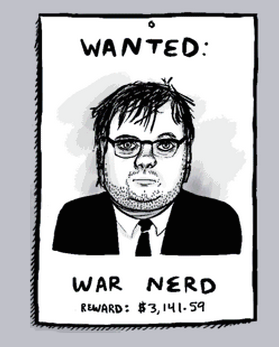This is theater!
I went to a play recently, I’m ashamed to admit. It was a Tom Stoppard play called Rock ‘n’ Roll, which is embarrassing beyond words. It wasn’t my idea!
But even so, I went with a certain morbid curiosity, wondering if the theatrical experience could possibly be as bad as I remembered from the last time I got arm-twisted into it.
It was.
Why the hell is this form still around? It’s so sickening, every aspect of it, from the gaspingly high price you pay to the tiny stiff seat you sit in to the pushy people on the stage shouting out stupid remarks to the rafters. It’s just bewildering that any sane modern person would make such an appalling use of their precious leisure hours. There was some excuse for it once, in ancient times, when people lived in mud huts and scratched their head-lice for fun and feared an early death followed by the wrath of a terrifying god. Then, seeing some wandering troupe of goofball actors headed up the road wearing multicolored clothes and bells on their hats, yelling dirty jokes, it probably seemed like a nice change of pace. Even up to several generations ago—when your entertainment choices were reading, talking to the neighbors, or listening to Uncle Fred play the accordion—you could see how the theater might’ve been a real treat.
But now there’s just no reason for it. The worst movie ever made is better than this ghastly failed spectacle, and television is the fountainhead of human genius compared to what goes on in theater. If you crave the presence of live people in your entertainment—though, personally, I don’t know why you would—you can go see musicians or athletes who are at least doing something divertingly cool, like playing impossibly tricky guitar chords, or running in a zigzag pattern at high speeds avoiding being tackled by huge men. If, for idiosyncratic reasons of your own, you like antiquated performing art forms, there are other, better ones that focus on some sort of essentially interesting thing, and thus justify their existence. Ballet, say, with its emphasis on crazy levels of defined musculature showcased in tights and tutus, a bizarre erotic combo, featuring the lead woman standing on the very tip of one toe and being spun by a buff guy, a mad, painful stunt that never entirely palls. Or how about the symphony, so intrinsically hilarious, with its mass formation of musicians in stiff black outfits all sawing and crashing away furiously, achieving a terrific squall of noise that gladdens the heart.
But the “legitimate” theater? It’s always a rainy Monday there. Is there anything so dreary in this world as walking into a theater, taking a playbill from some stooped, palsied usher who’s been showing people to Row F since the winter of ’73, and shuffling to your musty little seat that was built for someone four feet tall, the average height of humanity the last time theater was a truly popular form? Then you just sit there waiting for Lincoln to get shot. There’s nothing to do but start sadly flipping through the playbill, looking at the black-and-white headshots of homely actors in the cast.
But all that’s a joy compared to what happens once the curtain goes up and you’re confronted with the actors in the flesh. Lordy! As you sit in a vibrating silence, some weird git will wander onstage with affected carelessness, trying to avoid tripping over the fake furniture, or the plasticine rock and tree stump that represent the outdoors. Weird Git #1 will suddenly pretend to notice Weird Git #2, planted awkwardly waiting for his cue, and then say something in painfully arch tones, like, “OH! THAIR yew HAR.” Many H’s get added to everybody’s lines because they’re all projecting at the upper balconies, see, which requires tremendous lung capacity. You’ll wonder why they don’t use those little clip-on mikes to put an end to this mortifying stage-speech. But remember, these are ACK-TORs, and they like talking that way. If you hit the bar nearest to the theater after the show, you’ll find them all there in their civilian clothes, talking in an equally affected manner, and often just as loudly: “Oh g-HAH-d, I’m exp-HIRE-ing for a mart-HEE-ni.”
In Rock ‘n’ Roll, which concerns Cold War Europeans of various political persuasions arguing about stuff, you’ve got your boilerplate theatrical work. You’ve got your sets, those horrible rickety trellises and wobbly faux-stone walls that actors are always brushing against and nearly knocking over. You’ve got your props, beloved crap handled by the actors that gives them something to fiddle with while saying cringe-worthy things. And you’ve got your flats, painted backdrops that are so distracting they sometimes get a round of applause before the play even starts. But most importantly in theater, you’ve got your basic Stage Actor Moves, which must be gotten through in every play. Stage Actor Move #1 is when the actor (often female) expresses how keyed up she is emotionally by skittering to the edge of the stage and standing there staring out at the audience, breathing hard. (Highly embarrassing for people sitting in the front rows.) This is used for angry scenes, sad scenes, fearful scenes, and giddy love scenes—so handy to have just the one move that takes care of them all. There were several #1s in Rock ‘n’ Roll.
Stage Actor Move #2 involves the Angry Yeller, an indispensable character, usually male. He breaks up the monotony of watching a bunch of people standing around talking in an affected manner by cutting loose with a sudden, top-volume DAMN IT I’M NOT GOING TO TAKE THIS ANYMORE type of speech. This character is even more vital to Rock ‘n’ Roll than to most plays, because the audience is so likely to nod off without him. Here he’s Max, the diehard communist professor who refuses to repudiate his political beliefs, and keeps right on refusing in every single scene over the course of what’s supposed to be a quarter-century. The actor sometimes punctuates his DAMN IT speech with a thrown object, a plastic-sounding prop that bounces off the floor, which is Stage Actor Move #2a. (The #2b variation involves throwing a crutch or cane that the character supposedly needs in order to walk. It’s also known as the “Brick Variation” after the character in Cat on a Hot Tin Roof. It’s a good one, because it’s followed by the actor falling down clumsily onto the stage. This provides a nice distraction. The audience enjoys spending the rest of the scene wondering how badly he hurt himself for the sake of his Art.)
Stage Actor Move #3 is the one when an actor leaves the stage in one costume and returns in another, and this is supposed to signify that he or she is now somebody else altogether. It causes no end of confusion, as you wonder what sort of psychosis overtook the character between scenes, to make them adopt such a lousy disguise and try to pass themselves off as someone else. Then gradually you realize this really is meant to be a different character, when all the other characters keep referring to Barry as Jeff. Or in the case of Rock ‘n’ Roll, referring to Eleanor as Esme. Or something.
#4 is a kind of anti-vertical effect, when an actor lies down languidly or does some sort of horizontal calisthenics in order to distract the audience from realizing how boring it is to watch people standing around in a box-like structure, talking. There are several other required moves I won’t bother describing, plus a host of optional ones when desperate anti-boredom measures are called for. Unfortunately, in this play, nobody did Optional Stage Actor Move #11, which is nudity. That one’s hideously embarrassing, but at least it’s interesting, too. The audience has lots to think about while #11’s going on. Like what the temperature is onstage, or whether the nude actor’s parents are in the audience, things like that.
The next best Optional Move is #13—walking onstage with a live animal. Actors don’t like it because nobody’s looking at them while, say, the donkey’s there, but it never fails to thrill the audience. I’d have given anything for a donkey in the middle of Rock ‘n’ Roll. While the actors were gassing on about Prague Spring, there would have been this donkey standing there patiently waiting for it to end, and I would have felt all the sadness and empathy and irony that any work of art could ever summon. Then I would’ve wanted to kill the whole theater company for bothering the donkey in the first place.
Years ago George S. Kaufmann came up with the right epitaph for the theater. He was a super-successful playwright (boo!) who started off writing reviews of plays, many of them scathing (yay!), and he dismissed one work with the line, “I saw the play at a disadvantage; the curtain was up.” Now that we recognize we’re seeing all plays at the same disadvantage, it’s time to act on Kaufmann’s insight by keeping the curtain firmly closed no matter what goes on up there. Soon the last stubborn theater-goers will begin to realize they have a better time staring at the curtain. Then it will gradually occur to them how pleasant it would be never to go to the theater at all. And at last this terrible, ossified form will be buried in the graveyard for dead arts, right next to lute-playing, where it belongs.
Read more: Rock 'n' Roll, stage actors, Theater, Tom Stoppard, Eileen Jones, Fatwah


Got something to say to us? Then send us a letter.
Want us to stick around? Donate to The eXiled.
Twitter twerps can follow us at twitter.com/exiledonline




